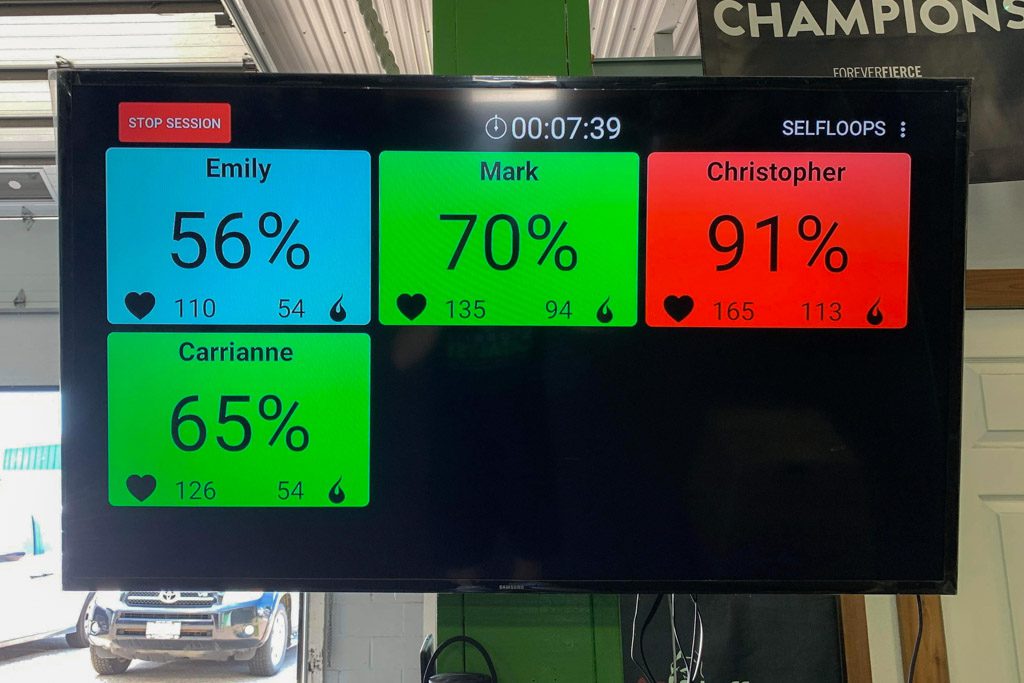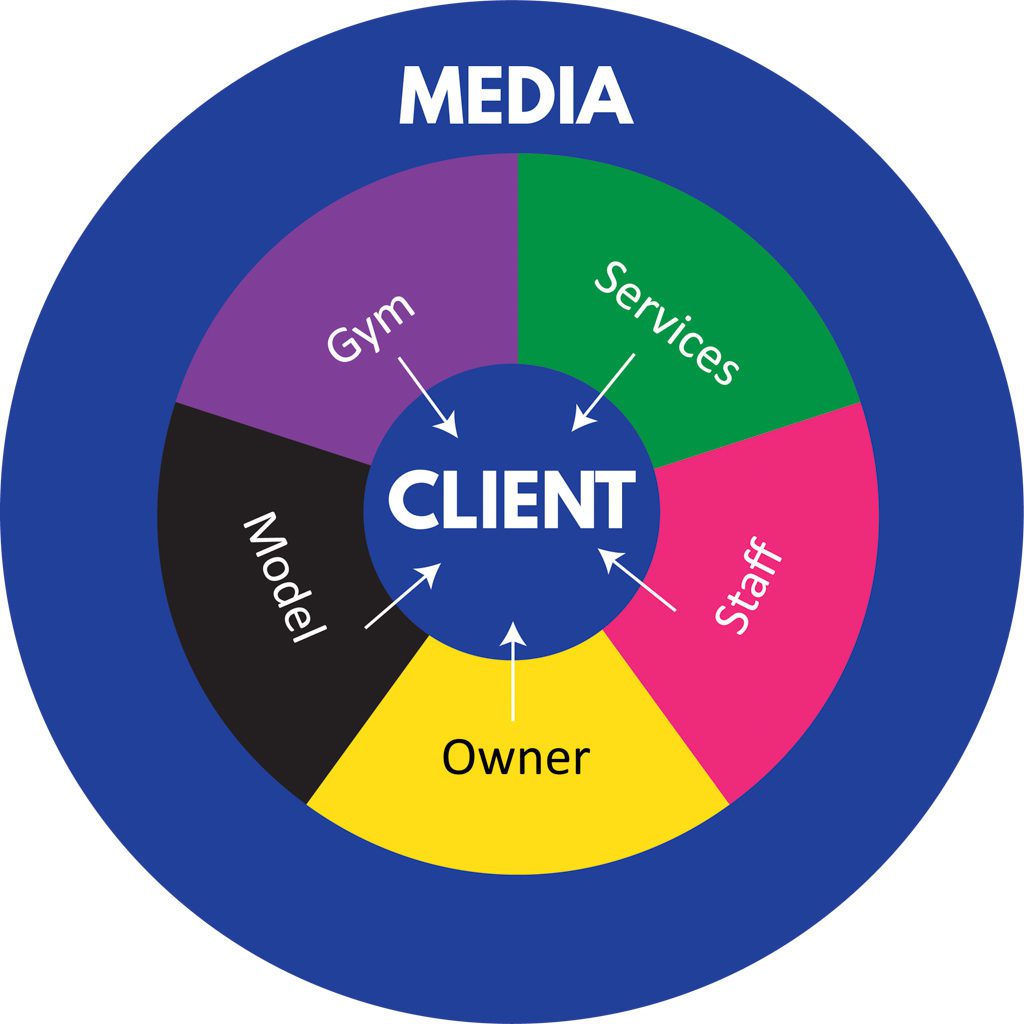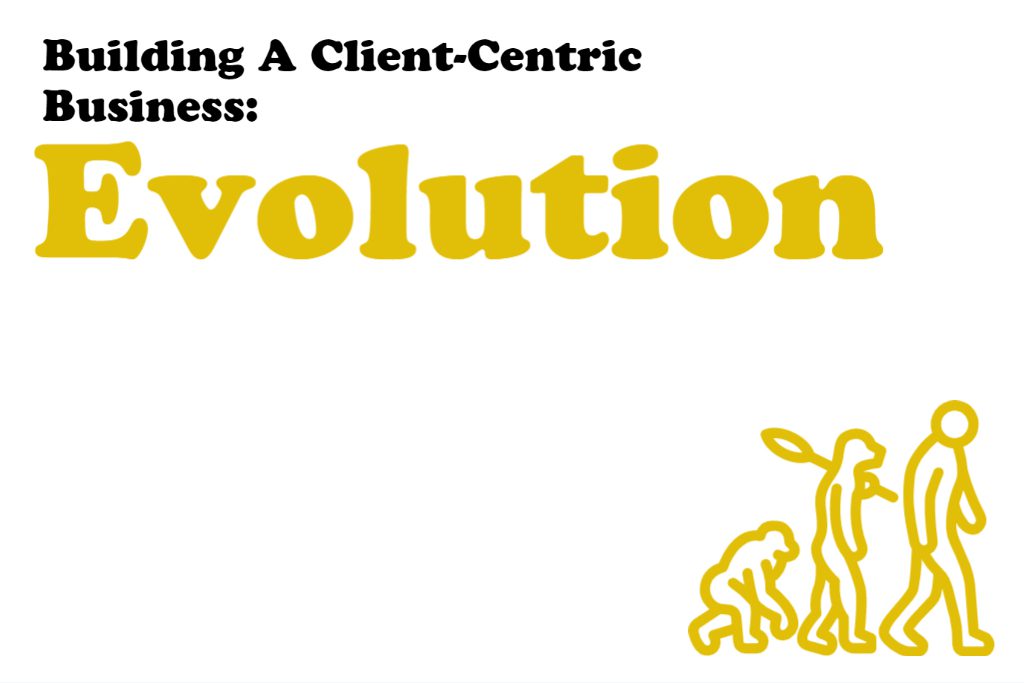In the first post of this series, I mentioned the evolution of my gym, Catalyst.
Our mission at Catalyst is to extend and enhance the lives of 7,000 people in Sault Ste. Marie.
Our model is coaching: We do not sell access or one-off programs or courses. Around 20 percent of our clients prefer 1:1 coaching, and the rest attend group classes.
Our method has evolved over time. We started with powerlifting/HIIT and some cycling classes. Then we evolved to CrossFit in 2008. We evolved again to the Level Method in 2020. And now we’re evolving again, to a program we call “meta” (but it’s actually in beta).
Each of these evolutions in our method was gradual. Each overlapped with the one before it. We didn’t toss Joe Defranco’s stuff when we found CrossFit, and we didn’t deaffiliate from CrossFit when we started using Level Method.
We’re able to evolve our method for a couple of reasons:
1. The client-centric approach. We’re constantly on the lookout for anything that will help our clients achieve their goals.
2. Our method-agnostic approach. When something stops working, we stop using it.
3. Most importantly, we use the Prescriptive Model. When we tell a client to change what they’re doing, they just see it as a step in their path instead of “we were wrong and now we know better.”
The Catalyst Method
So what are we doing?
We’re now tailoring our metabolic prescriptions to each client.
We start each client with one of three general prescriptions, depending on their primary goal (Fat Loss, Get Fit or Perform).
These prescriptions are given in “blocks” of 30 minutes, and each contains a mix of strength training and metabolic training.
Metabolic-training blocks are prescribed in heart-rate zones. So, for example, a starting prescription for someone in the Fat Loss avatar might be:
- 4 blocks of Zone 2 exercise.
- 1 block of Zone 3 exercise.
- 1 block of Zone 5 exercise.
- And as much Zone 1 work as possible per week.
After their first 90 days, clients are reassessed and their prescriptions are customized a little to optimize progress.
Over time, the prescription becomes more individualized (and therefore more valuable). But clients still exercise in a group if they choose.

Testing and Analysis
Some early data:
- 25 percent of our clients upgraded their memberships in the first 20 days because they “felt great.”
- Two of our coaches lost over 6 lb. of body fat without changing their diets.
- 25 people signed up for the second testing cohort (with a waiting list).
- Three clients brought friends—former clients—back to the gym.
- Another gym running the test actually had negative churn (this means they lost one client out of 110 but actually gained six clients who quit when they were doing a previous method).
We’ve shared this evolution and its specific details in our new YouTube channel and podcast (available on Google Podcasts, Apple and other platforms).
I’m sharing this as an example: “meta” might not be the answer for every gym. It’s not built to replace CrossFit or anything else. It’s simply providing better results for clients at Catalyst and is therefore what we use—because that’s how we choose our method.
Our model rarely changes, but we do change it based on the data from the thousands of Two-Brain gyms who share their models with us every month. When the data says “do this” in a business, we do it.
And our mission won’t change until we hit it: 7,000 people through our doors, staying for at least three years and changing their lives in a measurable way.
Clients first.


